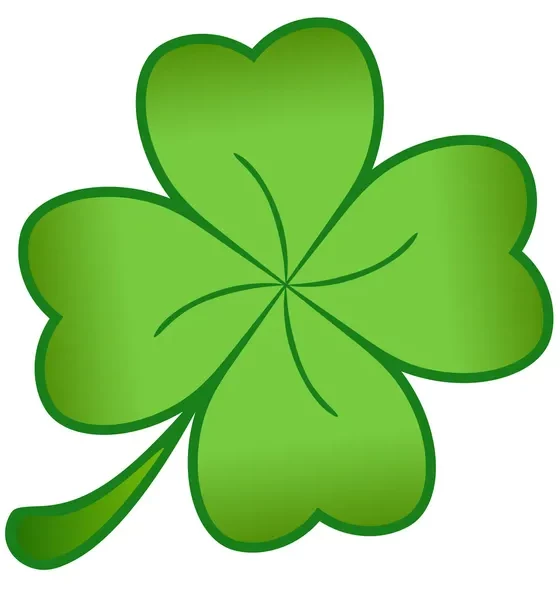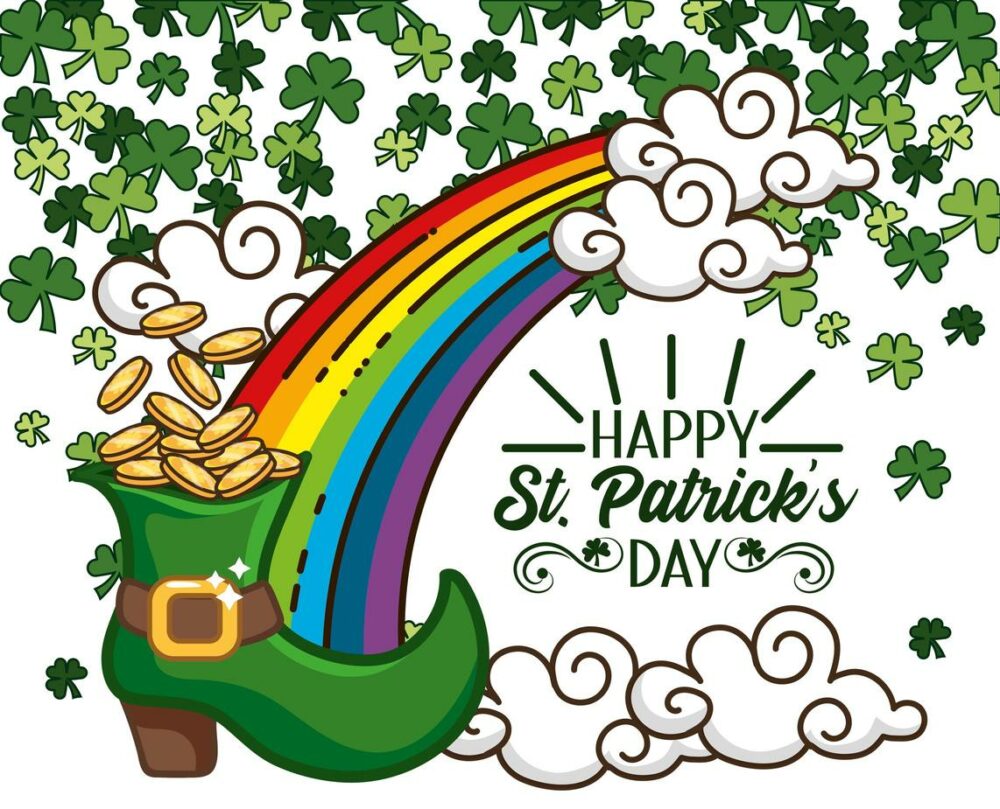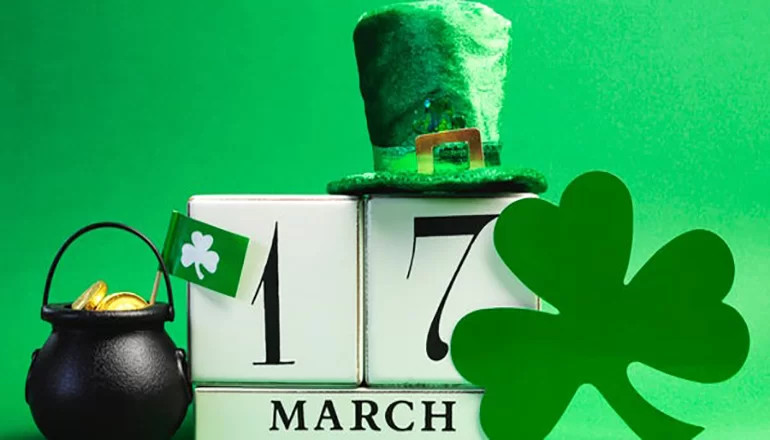Table of Contents
Introduction: Why is March 17 St Patricks Day?
Why is March 17 St Patricks Day? In this exploration, we unravel the historical roots and traditions that make March 17 a significant day in Irish culture. Join us on a journey through time as we uncover the reasons behind the choice of this particular date to honor St. Patrick, the patron saint of Ireland. From ancient legends to modern celebrations, let’s dive into the rich tapestry of St. Patrick’s Day and understand why March 17 holds such cultural importance.
Section 1: The Historical Significance of March 17
St. Patrick’s Feast Day: March 17 marks the traditional feast day of St. Patrick, the patron saint of Ireland. Explore the historical timeline of St. Patrick’s life, from his arrival in Ireland as a young slave to his later mission of spreading Christianity across the land. Dive into the significant events that led to his canonization and the establishment of March 17 as the day to commemorate his life and contributions. Understanding the historical context adds depth to the celebration, connecting us to the roots of St. Patrick’s Day.
Death of St. Patrick: March 17 is believed to be the date of St. Patrick’s death, traditionally marked around the year 461 AD. Delve into the historical accounts of St. Patrick’s passing and how this date became associated with his remembrance. Uncover the religious and cultural practices that evolved over the centuries, transforming St. Patrick’s Day into both a solemn occasion to honor the saint and a joyful celebration of Irish heritage.
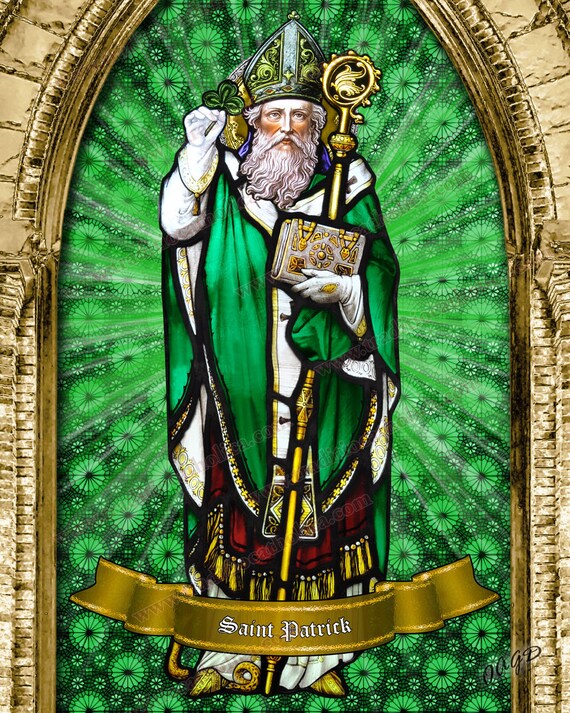
Section 2: The Evolution of St. Patrick’s Day Celebrations
Religious Observances: Originally observed as a religious feast day, March 17 remained a solemn occasion for many years. Explore the religious observances that accompanied St. Patrick’s Day celebrations, including church services, processions, and prayers. This section delves into the evolution of religious traditions and their enduring presence in contemporary St. Patrick’s Day festivities.
Transition to a Cultural Celebration: Trace the transition of St. Patrick’s Day from a religious observance to a vibrant cultural celebration. Uncover how Irish immigrants, particularly in the United States, played a pivotal role in transforming March 17 into a day of lively parades, music, dance, and joyful gatherings. Explore the fusion of religious and cultural elements that contribute to the diverse celebrations seen around the world today.

Section 3: Global Recognition and Traditions
Spread of Irish Culture: Understand how St. Patrick’s Day transcended Irish borders, becoming a global celebration of Irish culture and identity. Explore the ways in which the Irish diaspora contributed to the worldwide recognition of March 17. From the iconic green attire to the adoption of Irish traditions, St. Patrick’s Day has become a symbol of unity and pride for people of Irish descent and enthusiasts worldwide.
Modern Traditions and Customs: Discover the modern customs and traditions associated with St. Patrick’s Day. From wearing green clothing and accessories to the symbolic use of shamrocks, this section provides insights into the vibrant and often lighthearted practices that have become synonymous with the celebration. Explore how cities around the globe mark the occasion with parades, festivals, and a shared sense of camaraderie.
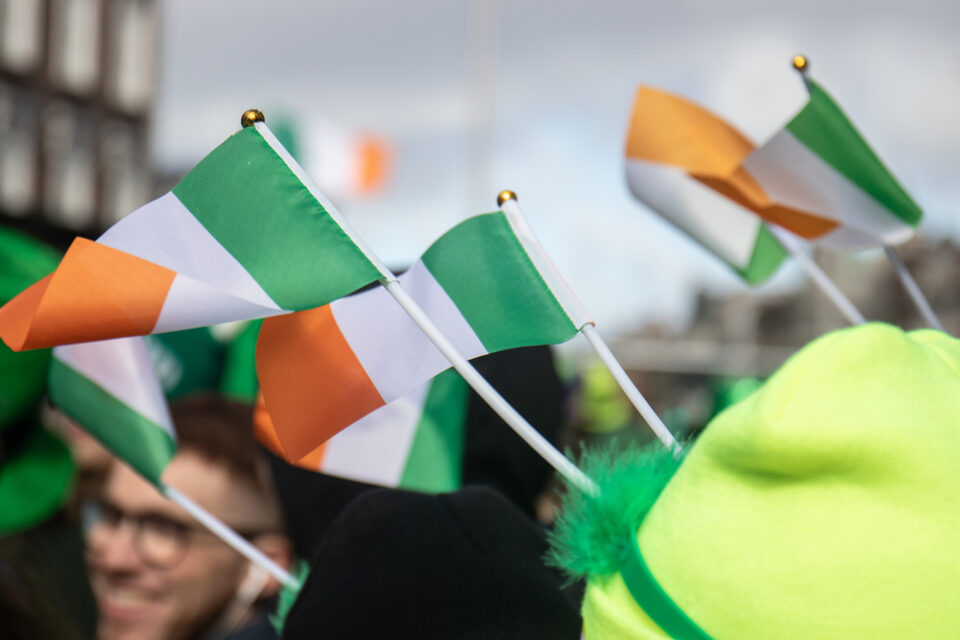
Conclusion: March 17 – A Day of Heritage and Celebration
In conclusion, the question “Why is March 17 St. Patrick’s Day?” opens a portal to a fascinating journey through history, religion, and the evolution of cultural celebrations. March 17 is not merely a date on the calendar; it’s a symbolic thread that weaves together the legacy of St. Patrick, the patron saint of Ireland, with the vibrant tapestry of Irish culture worldwide.
As we reflect on the historical significance of this day, honoring St. Patrick’s feast day and marking the anniversary of his passing, we gain a deeper appreciation for the roots of St. Patrick’s Day. From the solemn religious observances to the transition into a global cultural celebration, March 17 has undergone a remarkable transformation, mirroring the resilience and spirit of the Irish people.
The global recognition of St. Patrick’s Day is a testament to the enduring impact of Irish culture and the diaspora’s role in spreading the joyous celebration beyond the shores of Ireland. Modern traditions and customs, from donning green attire to partaking in lively parades, reflect not only a nod to the past but also a celebration of Irish identity and unity.
In essence, March 17 is a day of heritage and celebration, a time to honor the legacy of St. Patrick, rejoice in the rich traditions of Irish culture, and join in the collective merriment that spans continents. Whether you choose to mark the day with quiet reverence or embrace the vibrant festivities, March 17 stands as a testament to the enduring power of cultural celebration and the universal spirit of joy that unites us all on St. Patrick’s Day. So, as the world turns green on this special day, let us raise a toast to St. Patrick, to Irish heritage, and to the timeless tradition of celebrating March 17 with pride and joy. Happy St. Patrick’s Day!
For More Information On the History of St Patrick’s Day
Saint Patrick’s Day – Wikipedia
